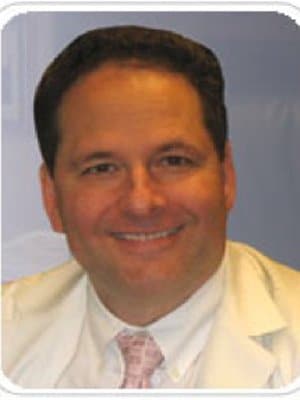
Internal Medicine of Northern Virginia, PLLC
1860 Town Center Drive
230
Reston, VA 20190

More Complementary & Integrative Healthcare Articles
Hyperbaric Oxygen Therapy Helps Traumatic Brain Injury and PTSD
Traumatic brain injury (TBI) is the leading cause of death and disability in the US. Of the 1.7 million who sustain a TBI each year in the United States 52,000 die, 275,000 are hospitalized and 1.365 million are treated and released from emergency departments. The leading causes of TBI are falls (35.2 percent), motor vehicle-traffic crashes (17.3 percent), struck by/against events (16.5 percent), assaults (10 percent) and unknown/other (21 percent). Blasts are a leading cause of TBI for active duty military personnel in war zones. Post-traumatic stress disorder (PTSD) can develop with or without TBI.
Approximately 70 to 90 percent of the TBI cases are classified as mild, and up to 25 percent of them will not recover and suffer chronic progressive neurocognitive impairments. Unfortunately to date, there are limited options available to actively treat TBI. Fortunately, hyperbaric oxygen therapy has been shown to be safe and effective in the setting of TBI and PTSD.
How Does HBOT Effectively Work For Brain Injury?
Hyperbaric Oxygen Therapy or HBOT represents introduction of 100 percent oxygen under mild pressure. In our center, a patient usually spends an hour in the chamber at depth. The treatment is repeated numerous times per week for several weeks. Oxygen acts as a catalyst in healing wounds including wounds to the brain that often fail to respond to other medical and surgical treatment. The FDA has formally approved this treatment for 14 indications, providing dramatic healing action to a number of injuries, especially wound healing and for divers with “the bends.” Fifteen years of repeated success in treating brain injury off label and a wealth of documented data and science have established its safety and efficacy. In fact, NBIRR, the National Brain Injury Rescue and Rehabilitation study with which we have participated, has used 1.5 atmospheres, equivalent to the pressure generated at 17 feet below sea level to successfully treat TBI and/or PTSD. The overwhelming majority of subjects demonstrated at least 90 percent recovery, including cessation of thoughts of suicide. Most have returned to work, active duty or other productive pursuits.
HBOT was accompanied by significant reductions in symptoms and improvement in neurocognitive screening test scores even several years after sustaining an injury, including a reduction of suicidal thoughts. According to George Mychaskiw II, DO, FAAP, FACOP, Editor-in-Chief of the UHM or Undersea & Hyperbaric Medical Society Journal, arguably the marquee organization in the field, wrote in his editorial
“We believe that, in the case of HBOT and concussion. We have the technology, we have the education and training, and we have the evidence We just need the will to use it.”
Other Articles You May Find of Interest...
- Step-by-Step: How to Introduce and Incorporate CBD Treats into Your Dog’s Routine?
- Cannabis and Fibromyalgia
- Managing Chronic Back and Neck Pain
- Hypnosis For the Caregiver
- May Reflections For a New You
- Saunas For Seniors’ Health
- Slow Yoga For Nervous System Resilience

















